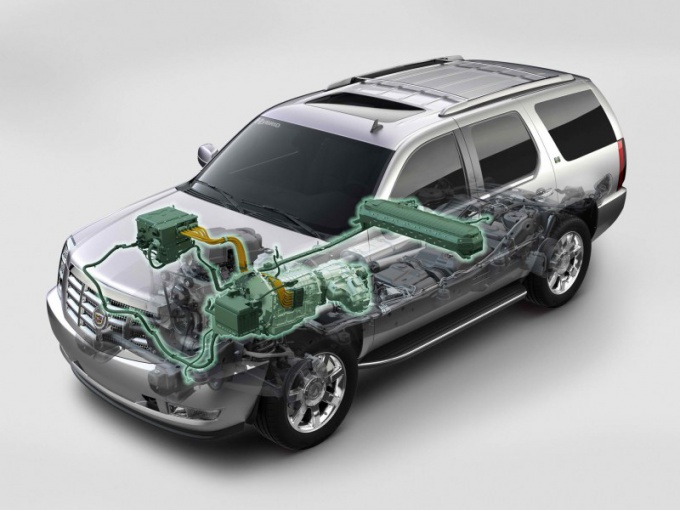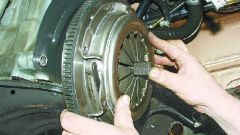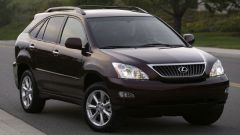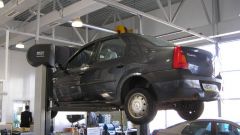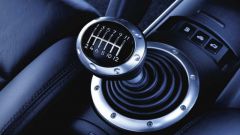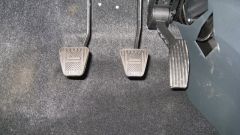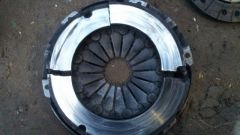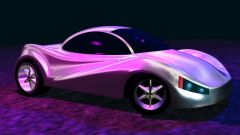The need for a clutch
In order to understand what is the purpose of the clutch in the car, it is necessary to disassemble the principle of its action in the overall composition of the mechanism of transmission of torque. As you know, the movement of the car gives the engine. He is the source of energy and torque. The rotation of the engine crankshaft must be transmitted to the wheels in a special way. The fact that the frequency of rotation of the engine elements is more thousand rpm, while the wheels first, must have the ability not to rotate, and secondly, in the case of a rotation having a frequency on the order below. For these purposes, and serves as the undercarriage of the vehicle, which is part of the clutch.
The task of the clutch
The need to use the clutch should be and its task is to apply and release the vehicle wheels when needed. Thus, it serves as a kind of key, no and NC mechanical chain, transmission torque from the engine to the wheels. In fact, physically, the clutch connects the engine to the wheels, with the gearbox being one of the chain links. This is done for the case of switch boxes to any other gear.
As is known, transmission (KPP) consists of two axes. One axle connects to the engine and the other with wheels. In order to change the transmission stage during the movement, you must release the gearbox from the engine. This is performed by the clutch, causing the gears and motor spinning with no load, and appears able to manage them separately. In fact, one of the options of such management is the process of complete inhibition. At the moment of pressing on the brake pedal to fully stop the driver also presses the clutch decoupling the engine from the transmission and, consequently, with the clutch.
Coupling device
View of the clutch device, first and foremost, is the need to close the engine and the wheels as gently as possible. That is why the sharpness of releasing the pedal affects the sharpness of the beginning of the movement of the car. The clutch consists of two disks in a single common housing, mounted on a geometrically common axis. One part of this axis connected to one of the discs connected to the wheels, and the other with the engine. One of the disks is movable along the axis to the moment of contact with the second disk, which is clutch.
